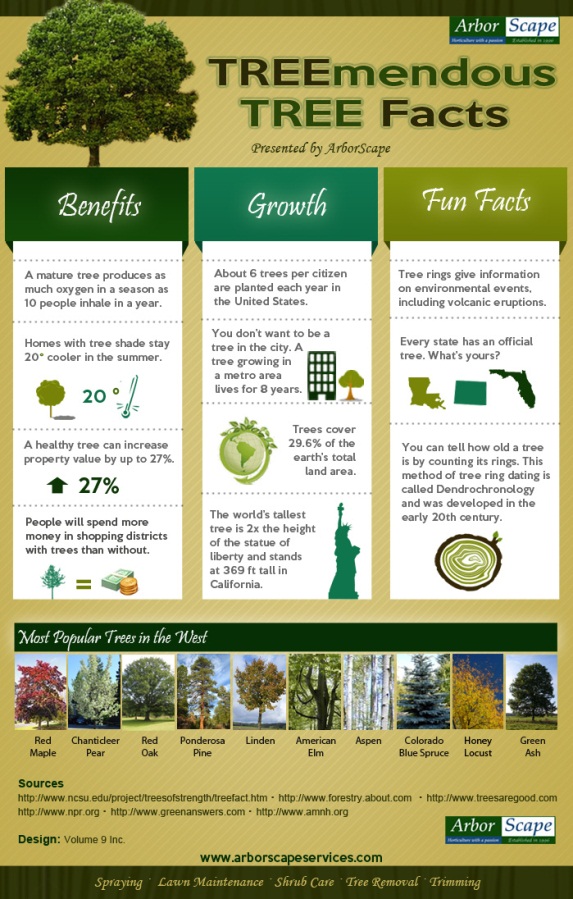Taking Care Of Your Landscape After Tree Elimination Is Vital For Its Repair; Discover Important Steps To Refresh Your Atmosphere And Avert Future Problems
Taking Care Of Your Landscape After Tree Elimination Is Vital For Its Repair; Discover Important Steps To Refresh Your Atmosphere And Avert Future Problems
Blog Article
How Much Is Tree Removal -Wilcox Massey
After a tree's removal, your landscape might look fairly different, and it's important to analyze the results carefully. You'll want to assess the dirt disturbance and examine bordering plants for any indicators of stress. Disregarding these aspects can lead to larger problems down the line. So, what should you make with those stumps and origins? And how do How To Trim A Palm Tree select the very best plants for your rejuvenated space? Allow's explore these vital actions.
Examining the Results: Examining Your Landscape
After a tree removal, it's crucial to analyze your landscape to recognize the effect it carries your yard.
Begin by analyzing the location where the tree stood. Try to find signs of soil disruption, and inspect the surrounding plants for any type of stress or damage.
You must also make note of how the elimination has changed sunlight exposure and airflow in your garden. This shift can affect the growth of neighboring plants, so it's necessary to review their wellness.
Consider the aesthetic aspects too; the elimination could develop an open space that you can upgrade.
Finally, think of any kind of prospective disintegration problems that might emerge from the tree's lack. Resolving these factors early will aid bring back equilibrium to your landscape.
Managing Stumps and Roots: Alternatives for Removal
When you've evaluated the after-effects of the tree removal, you'll likely need to deal with the stump and roots left.
You have a few alternatives for removal. One efficient method is stump grinding, where a specialist utilizes a machine to grind the stump to below ground level. This strategy leaves marginal interruption to your landscape.
If you prefer a DIY approach, you can make use of a mix of digging and chemical stump removers. Just remember, this process can take some time and initiative.
Additionally, think about leaving the stump as an all-natural attribute, which can work as an one-of-a-kind yard aspect or habitat for wildlife.
Whatever you choose, addressing the stump and roots is essential for recovering your landscape.
Picking the Right Plant Kingdoms for Your New Room
As you analyze your newly gotten rid of area, choosing the right plants can considerably improve your landscape's appeal and functionality.
Beginning by considering the sunlight and soil conditions. For sunny areas, choose drought-resistant plants like lavender or succulents. In shaded places, ferns and hostas grow well.
Consider the dimension and development practices of your plants; mix perennials and annuals for seasonal variety. Don't fail to remember to integrate native types; they need less maintenance and assistance regional wildlife.
Team plants in weird numbers for a much more all-natural appearance and develop layers for visual depth.
Ultimately, ensure you have a mix of shades and structures to keep your landscape vivid throughout the seasons.
Pleased growing!
Verdict
In conclusion, restoring your landscape after tree removal is a rewarding procedure. By examining the results, addressing stumps and origins, and choosing the right plants, you'll create a flourishing setting. Don't neglect to incorporate erosion control actions to shield your dirt. With a little effort and treatment, you can transform your area into a dynamic yard that enhances your home. Embrace the possibility to invigorate your landscape and enjoy the charm of nature right in your yard!
